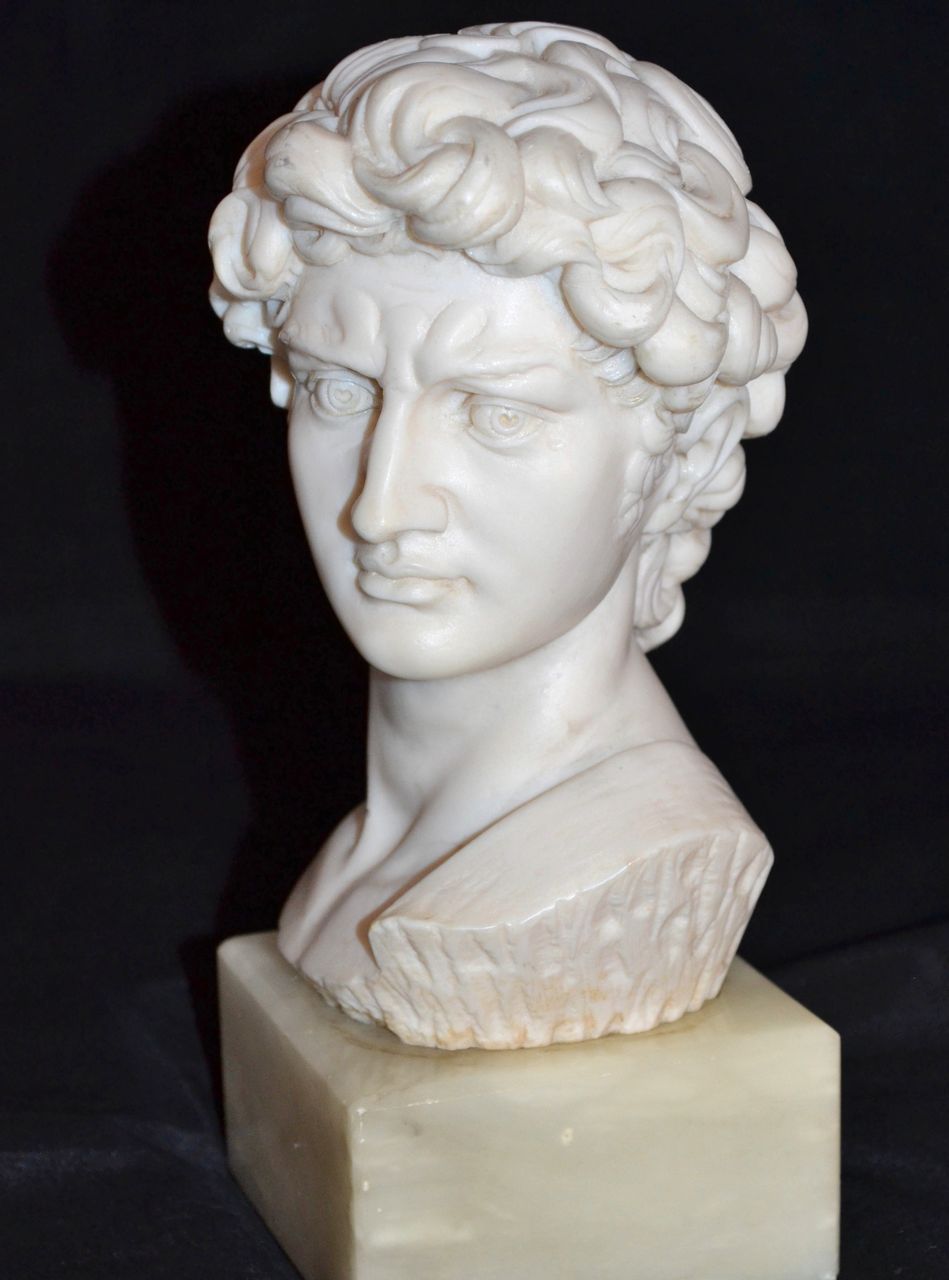 |
| Photo: www.canterlane.com/why-we-love-mid-century-modern-design/ |
Mid-century modernism is a description of the development in architecture, design and urban development that took place between 1933 to 1965.
Two designers from the mid-century modern period that sparks my interest.
Charles and Ray Eames is a couple from America, who are well known not just in the field of interior design but also in architecture, film making, photography and textile designing. They are the designers of the famous Eames Chairs.
The Eames lounge chair and ottoman are made out of molded plywood and leather.

The potato chips chair is designed intended for mass-production, which was produced by Herman Miller. It became the chair of the century/design of the century due to its elegance, comfort and affordability.
The molded plywood was not originally made to use as a material for the famous Eames chairs.
After the Charles and Ray discovered that they can make different shapes out of a molded plywood, they were commissioned to design splints for the U.S Navy, using the molded plywood.
Arne Jacosen (1902-1971) was born in Denmark.
He was an architect before he designed the Egg chair and Swan chair.
As an architect, he designed the Royal Hotel in Copenhagen, Denmark.
Arne Jacosen's major inspiration in designing the Egg and Swan chair, is Charles and Ray Eames' invention of molded plywood.
Mid-century modern deigns are still popular up to present and the furniture designed by Charles & Ray Eames and Arne Jacobsen, are becoming huge inspiration not just in interior design but also in fashion and motoring industry.
2015 Mid-century Modern influence
Charles and Ray Eames
Relais Orso Hotel in Rome Italy
Arne Jacobsen
Lobster Chair is inspired by Arne Jacobsen;s Egg chair.
THANK YOU!















.jpg)




















